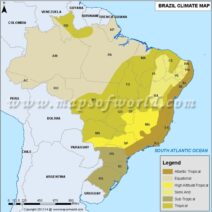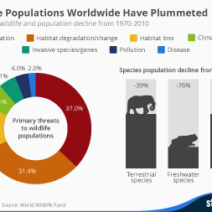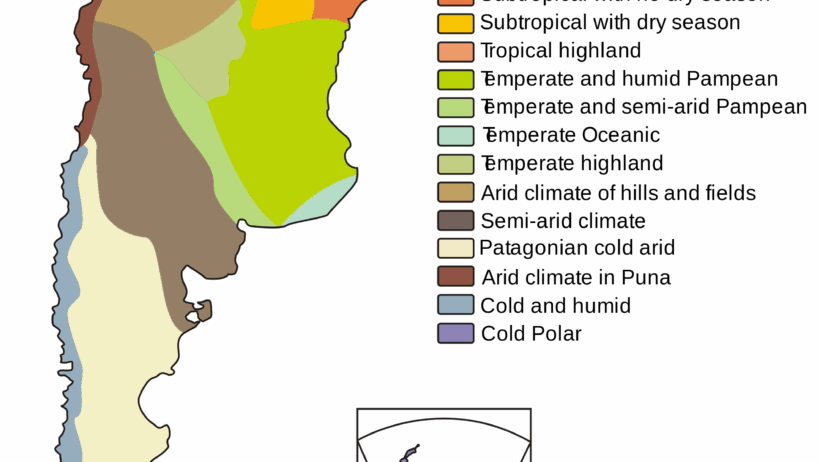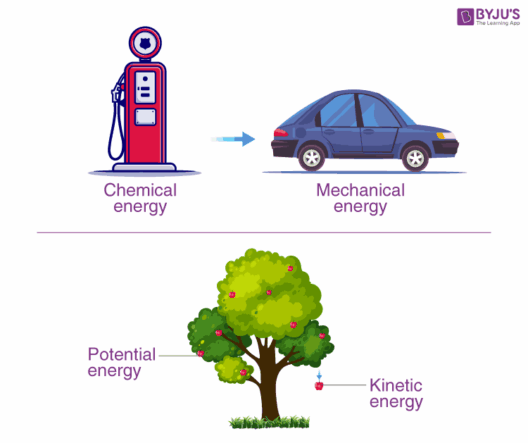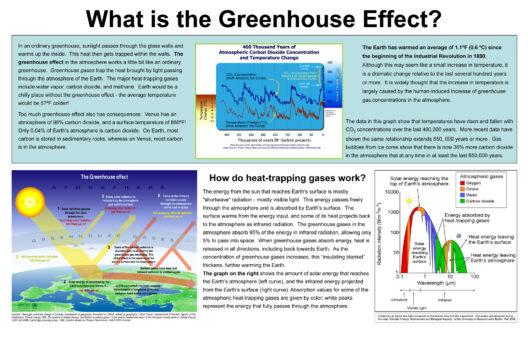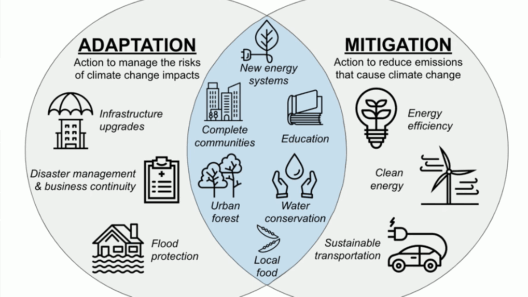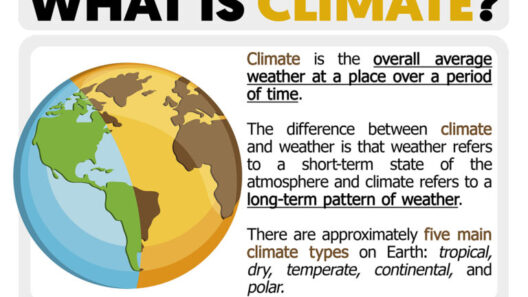Argentina, a land of dramatic contrasts, unfolds like a richly woven tapestry of climates, each thread telling a unique story. From the expansive Pampas to the windswept shores of Patagonia, the climatic diversity throughout this vast South American country captivates both the mind and the spirit. To truly appreciate the climate in Argentina, one must embark on a journey across its varied landscapes, exploring how each region shapes not only the weather but the culture, agriculture, and livelihoods of its people.
In the north, the climate is bathed in warmth. The northern provinces enjoy a subtropical climate, characterized by hot summers and mild winters. Here, the air is steeped in humidity, and the vibrant colors of its flora blossom under the relentless sun. This region, home to the breathtaking Iguazu Falls, presents a striking contrast between the lush greenery and the roaring waters. The heat invites the thriving cultivation of fruits, from bananas to mangoes, echoing the ceaseless energy of life in this part of Argentina. It is a land where the scent of yerba mate wafts through the streets, a staple beverage that embodies the social fabric of its people.
As we move south toward the Pampas, the climate transforms into something more temperate. The Pampas, an extensive grassland, displays a mild climate with distinct seasons—sunny summers and cooler winters. Here, the soil is a fertile cradle for Argentina’s agricultural powerhouse. The vast stretches of golden wheat and lush pastures are a hallmark of this region, known as the country’s breadbasket. While the summer sun warms the earth and whispers of prosperity, the winter months bring cooler winds, which delight those who enjoy the ephemeral beauty of the seasons. This climate, often likened to the heart of a warm embrace, sustains the livestock and agricultural crops that define both the economy and the character of the Argentine people.
The journey continues southward, where the climate shifts dramatically in Patagonia, the wild and rugged heart of Argentina. Patagonian weather is notorious for its mercurial nature, with gales that sweep across the land and clouds that weave a shroud over the peaks of the Andes. Here, the climate ranges from the arid steppe of the east to the damp, temperate rainforests of the west. The stark beauty found in this region is reminiscent of the brushstrokes on a canvas, where ice-blue glaciers cling to mountains, and fjords carved by ancient glaciers invite a sense of awe. The climate in Patagonia serves as a reminder of nature’s untamed essence, where the winds tell tales of resilience and beauty amidst harsh conditions.
Amidst this stunning diversity, one cannot overlook the phenomenon of climate change, which casts an ominous shadow across Argentina’s landscapes. As the effects of global warming become increasingly pronounced, the delicate balance of these climates is under threat. The Pampas may experience drier spells that jeopardize crops, while the glaciers of Patagonia shrink at an alarming rate, revealing a stark message about the fragility of nature. The shifting climatic patterns invite urgent action and introspection as the Argentine populace, steeped in a rich history of environmental stewardship, grapples with the implications of a changing world.
The unique appeal of Argentina’s climate lies not only in its breathtaking beauty but also in its profound impact on the culture and lifestyle of its inhabitants. Each climate zone fosters distinct traditions, cuisines, and ways of life. For instance, the warm embrace of the northern climate lends itself to vibrant fiestas, while the colder southern regions inspire hearty asados—a beloved barbecue ritual that brings families and friends together. This deep connection between the climate and culture further cements Argentina’s identity as a nation formed through the convergence of geography, heritage, and climate.
The journey through Argentina’s climate zones is one that captures the imagination, revealing a land that ebbs and flows with the rhythms of nature. From the lush greenery of the subtropics to the imposing weathers of Patagonia, each region pulses with vitality, echoing the complexities of human experience intertwined with the environment. Argentina beckons with its enticing climate, inviting exploration and contemplation of what it means to coexist with nature. In every gust of wind and drop of rain, the heart of Argentina beats strong, reminding us of the importance of preserving these precious climates for generations to come.
